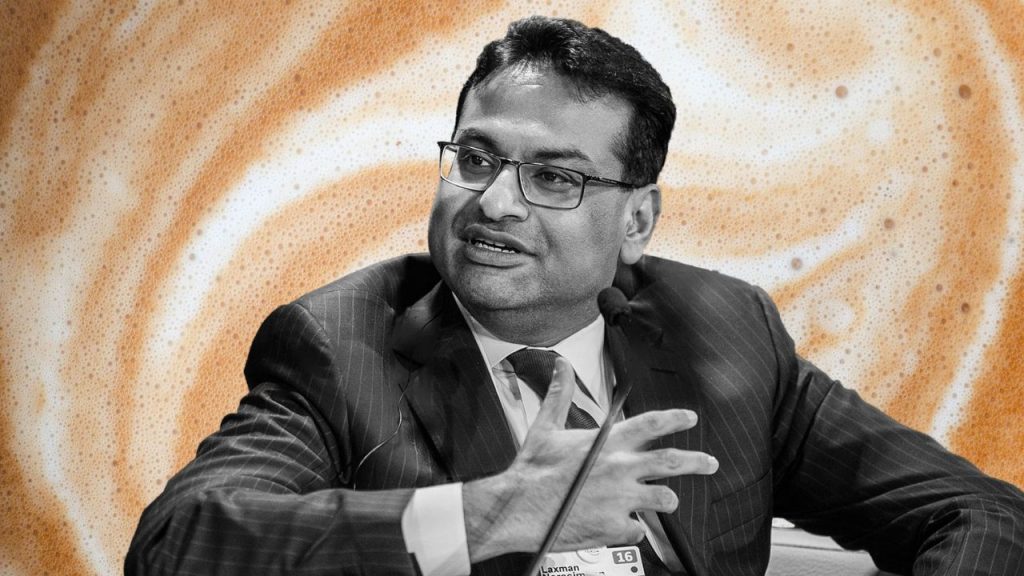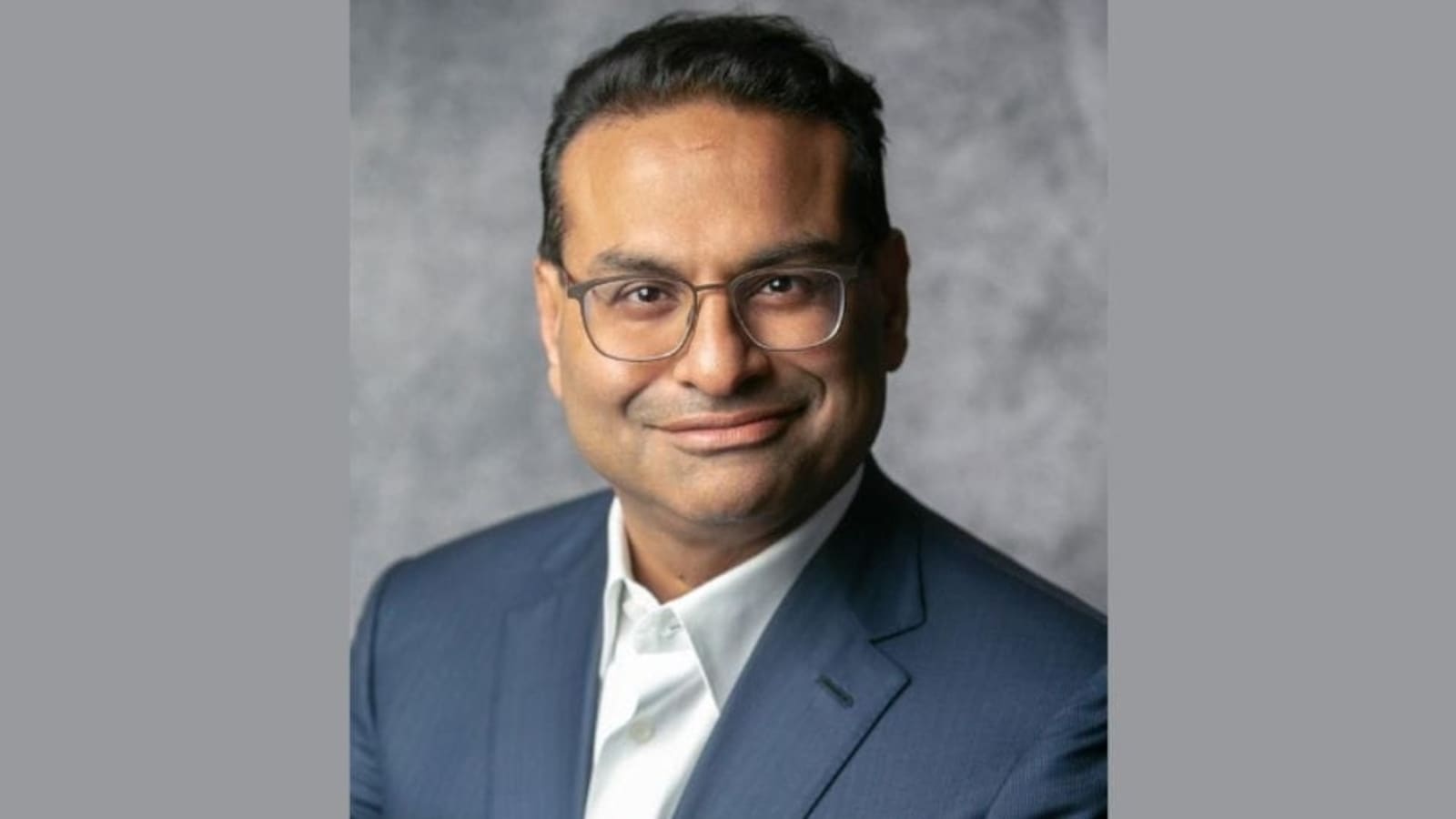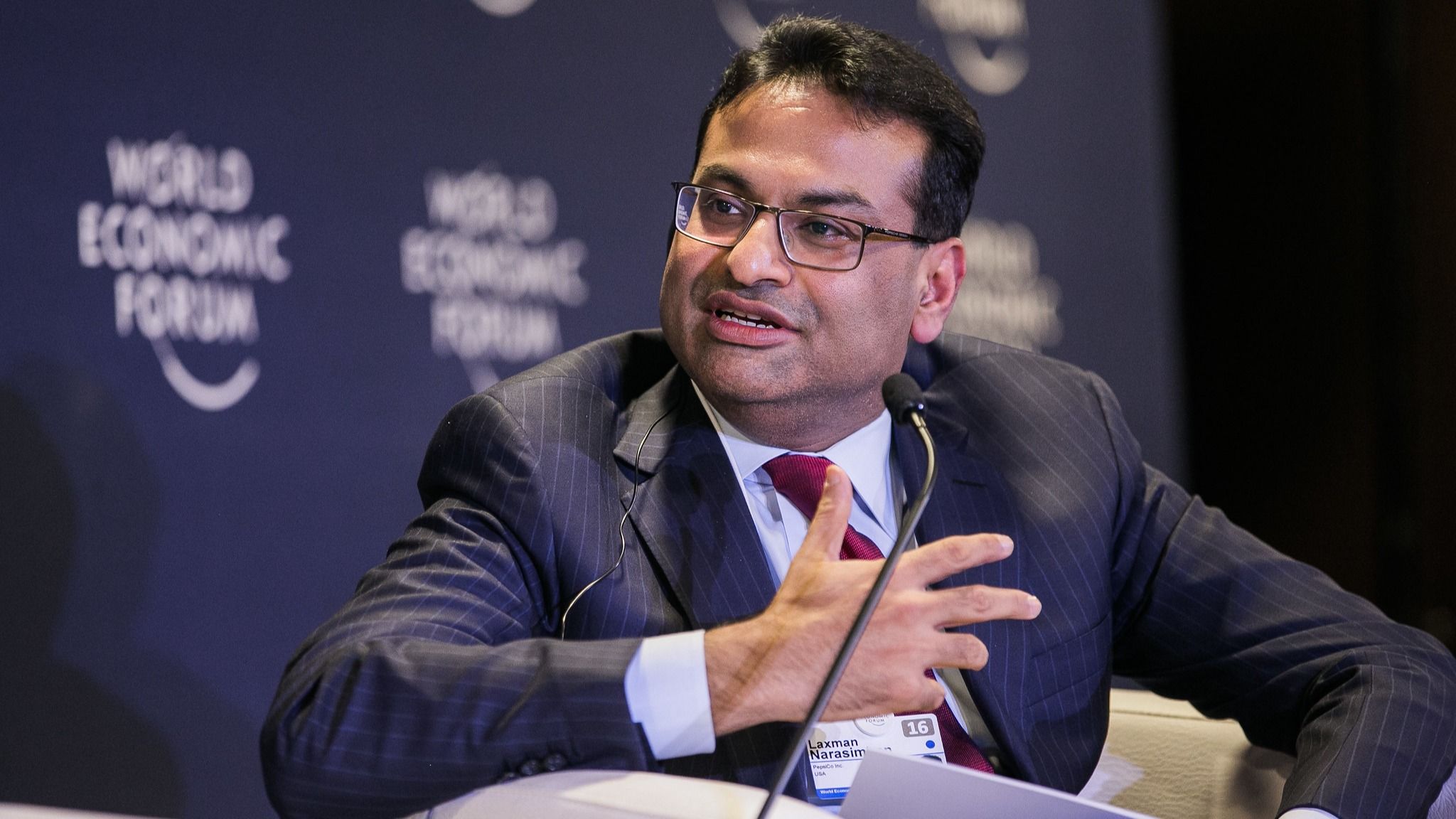Laxman Narasimhan’s Career Trajectory

Laxman Narasimhan’s career journey has been marked by a steady ascent through leadership roles in prominent multinational corporations, culminating in his appointment as CEO of Starbucks. His diverse experience in consumer goods, technology, and finance has equipped him with a unique skill set to navigate the challenges of leading a global coffee giant.
Key Roles and Accomplishments
Narasimhan’s career began at PepsiCo, where he honed his business acumen and leadership skills. He served in various roles, including Chief Strategy Officer and President of PepsiCo’s Quaker Foods North America, demonstrating his ability to drive growth and innovation within a large organization. His leadership at PepsiCo was instrumental in launching new products and expanding the company’s global footprint.
Transition to Starbucks
Narasimhan’s transition from PepsiCo to Starbucks in 2019 marked a significant shift in his career trajectory. He joined Starbucks as Chief Operating Officer, responsible for overseeing the company’s global operations, including supply chain, store development, and digital initiatives. This move showcased his adaptability and willingness to embrace new challenges in a different industry.
Challenges Faced
Narasimhan’s tenure at Starbucks has been marked by several challenges, including the COVID-19 pandemic, which disrupted the company’s operations and forced it to adapt to new consumer behaviors. He has also had to address concerns regarding employee morale and wages, as well as the company’s environmental sustainability practices.
Leadership Style Compared to Previous CEOs
Narasimhan’s leadership style is characterized by a focus on data-driven decision-making, strategic planning, and a commitment to customer-centricity. His approach contrasts with the more charismatic and relationship-driven leadership style of his predecessor, Howard Schultz. Narasimhan’s emphasis on data and analytics has led to a more objective and strategic approach to decision-making, while his focus on customer experience has resulted in initiatives to enhance the customer journey.
Strategic Decision-Making and Impact
Narasimhan’s strategic decision-making has been instrumental in shaping Starbucks’ future. He has spearheaded initiatives to enhance the company’s digital capabilities, including the development of a mobile ordering and payment system. He has also focused on expanding Starbucks’ global footprint, particularly in emerging markets. These initiatives have contributed to Starbucks’ continued growth and profitability, despite the challenges posed by the pandemic.
Starbucks Under Narasimhan’s Leadership

Laxman Narasimhan, who took the helm of Starbucks in April 2023, brings a wealth of experience from his previous roles at PepsiCo and Reckitt Benckiser, where he honed his expertise in brand building, innovation, and global expansion. He has Artikeld a clear vision for Starbucks, aiming to elevate the brand to new heights while navigating the evolving consumer landscape.
Narasimhan’s vision for Starbucks centers on a multifaceted approach, encompassing customer experience, employee engagement, and operational efficiency. He seeks to transform Starbucks into a “digital-first” company, embracing technology to enhance customer interactions and streamline operations. This vision is anchored in three key pillars:
Customer Experience
Narasimhan emphasizes the importance of a personalized and seamless customer experience, recognizing that consumers today expect more than just a cup of coffee. He aims to leverage technology to personalize customer interactions, allowing Starbucks to anticipate customer needs and deliver tailored experiences.
Narasimhan has also prioritized the expansion of Starbucks’ digital offerings, including mobile ordering and delivery services. This strategy aims to cater to the growing demand for convenience and accessibility, enabling customers to enjoy their favorite Starbucks beverages from the comfort of their homes or offices.
Employee Engagement
Narasimhan recognizes that Starbucks’ success hinges on its employees, who are the face of the brand and the primary drivers of customer satisfaction. He aims to create a culture of empowerment and support, fostering a work environment where employees feel valued and motivated.
To achieve this, Narasimhan has introduced initiatives aimed at improving employee well-being, including increased training and development opportunities, competitive compensation packages, and enhanced benefits. He believes that investing in employees will ultimately lead to improved customer service and a more positive brand image.
Operational Efficiency
Narasimhan understands the importance of operational efficiency in driving profitability and sustainability. He aims to streamline operations by leveraging technology and data analytics, optimizing supply chains, and enhancing store layouts to improve customer flow.
This approach focuses on maximizing efficiency while maintaining Starbucks’ commitment to quality and customer satisfaction. Narasimhan believes that by optimizing operations, Starbucks can allocate resources more effectively and enhance its financial performance.
Key Initiatives
Under Narasimhan’s leadership, Starbucks has launched several key initiatives aimed at achieving its strategic goals. These initiatives demonstrate his commitment to innovation, customer-centricity, and employee empowerment.
- Starbucks Rewards Program: This loyalty program has been enhanced to offer personalized rewards and exclusive offers, encouraging customer engagement and repeat purchases. The program has been instrumental in driving customer loyalty and increasing revenue.
- Starbucks Reserve Roastery Experience: These immersive retail experiences offer customers a premium coffee experience, showcasing the artistry of coffee roasting and brewing. The roasteries have become popular tourist destinations and have contributed to Starbucks’ brand image as a leader in coffee craftsmanship.
- Starbucks Delivers: This partnership with Uber Eats and other delivery platforms has expanded Starbucks’ reach and convenience, allowing customers to enjoy their favorite beverages from the comfort of their homes or offices. This initiative has significantly boosted Starbucks’ revenue and customer base.
Performance Comparison
Narasimhan’s leadership has been met with a mixed reception, with some analysts praising his focus on innovation and digital transformation while others express concerns about the potential impact of his cost-cutting measures. While it is still early to assess the long-term impact of his leadership, it is clear that he is pursuing a bold and ambitious strategy for Starbucks.
It is important to note that Starbucks’ performance under Narasimhan’s leadership is still in its early stages, and it is too early to draw definitive conclusions. However, it is evident that he is pursuing a strategic approach aimed at driving long-term growth and profitability.
Challenges and Opportunities for Starbucks

Starbucks, a global coffee giant, faces a dynamic market environment with both challenges and opportunities. The company’s success under Laxman Narasimhan’s leadership hinges on its ability to navigate these complexities and capitalize on emerging trends.
Challenges in the Current Market Environment, Laxman narasimhan
The coffee industry is increasingly competitive, with both established players and new entrants vying for market share. Starbucks faces several challenges, including:
- Rising Costs: Inflationary pressures have driven up costs for raw materials, labor, and energy, impacting Starbucks’ profitability and forcing the company to adjust pricing strategies.
- Shifting Consumer Preferences: Consumers are increasingly demanding sustainable and ethical sourcing practices, seeking healthier and more personalized coffee experiences, and embracing alternative beverage options.
- Digital Disruption: The rise of online ordering, mobile payments, and delivery services has transformed customer expectations, requiring Starbucks to adapt its digital capabilities and enhance its online presence.
- Competition: Starbucks faces intense competition from established players like Dunkin’ Donuts, McDonald’s, and Peet’s Coffee, as well as emerging specialty coffee shops and independent roasters.
Opportunities for Growth and Expansion
Despite the challenges, Starbucks has several opportunities for growth and expansion under Narasimhan’s leadership:
- Global Expansion: Starbucks continues to expand its global footprint, targeting emerging markets with high growth potential, particularly in Asia and Africa.
- Innovation and Product Development: Starbucks can leverage its strong brand and customer base to introduce new products and services, such as plant-based beverages, cold brew variations, and personalized coffee experiences.
- Digital Transformation: Starbucks can further enhance its digital capabilities by investing in personalized mobile ordering, loyalty programs, and delivery services, providing a seamless and convenient customer experience.
- Sustainability and Social Responsibility: Starbucks can solidify its commitment to sustainability by sourcing ethically, reducing its environmental footprint, and supporting local communities.
Impact of Technology and Changing Consumer Preferences
Technology and changing consumer preferences have a profound impact on the coffee industry. Consumers are increasingly using technology to discover new coffee shops, order ahead, and personalize their coffee experiences. The rise of mobile ordering, delivery services, and online marketplaces has transformed how consumers interact with coffee brands. Furthermore, consumers are increasingly seeking personalized experiences, customized beverages, and sustainable sourcing practices.
Roadmap for Starbucks’ Future Success
To navigate the challenges and capitalize on opportunities, Starbucks can adopt a strategic roadmap that includes:
- Focus on Digital Transformation: Starbucks needs to continue investing in digital technologies to enhance its online presence, streamline operations, and provide personalized customer experiences.
- Embrace Sustainability and Ethical Sourcing: Starbucks can differentiate itself by promoting sustainable practices, sourcing coffee beans ethically, and reducing its environmental impact.
- Drive Innovation and Product Development: Starbucks should prioritize innovation by introducing new products and services, experimenting with alternative beverage options, and catering to evolving consumer preferences.
- Strengthen Brand Loyalty: Starbucks needs to strengthen its brand loyalty by providing exceptional customer service, offering personalized experiences, and building meaningful connections with its customers.
Laxman Narasimhan, the new CEO of Starbucks, is facing a tough task in revitalizing the coffee giant. He’ll need to find a way to navigate the current economic climate and appeal to a younger generation of consumers, much like Chipotle has done with its focus on fresh, high-quality ingredients and a digitally-driven customer experience.
A look at chipotle stock might offer some insights into what Narasimhan needs to consider as he seeks to bring Starbucks back to its former glory.
Laxman Narasimhan, the CEO of Starbucks, faces the challenge of navigating a global coffee giant through changing consumer preferences and economic uncertainties. While his own compensation package is likely substantial, it’s worth noting the hefty salary earned by Brian Niccol, the CEO of Domino’s Pizza, which can be found here.
The comparison highlights the varying financial realities within the corporate world, and the pressures on leaders to balance profitability with ethical considerations.
